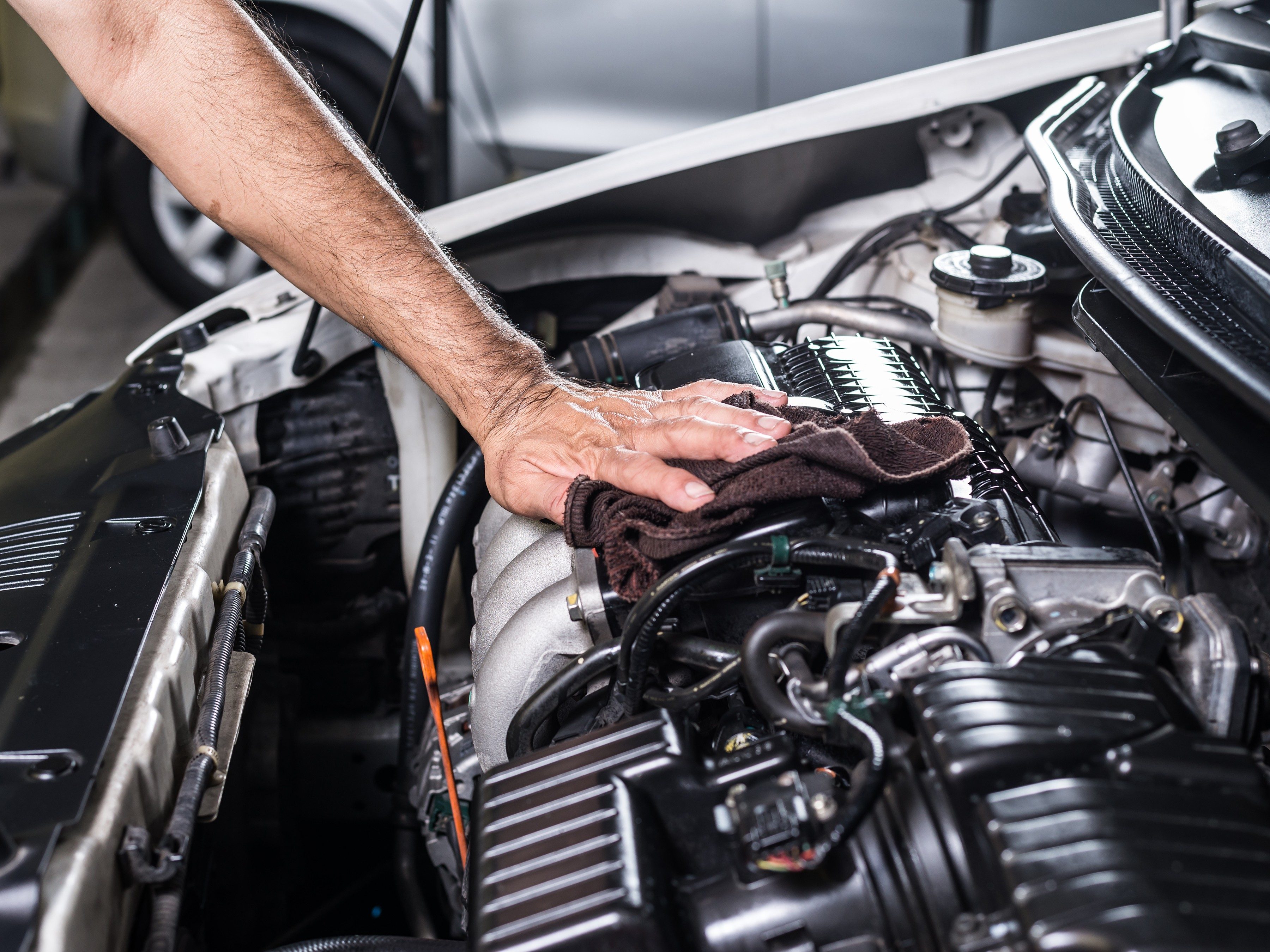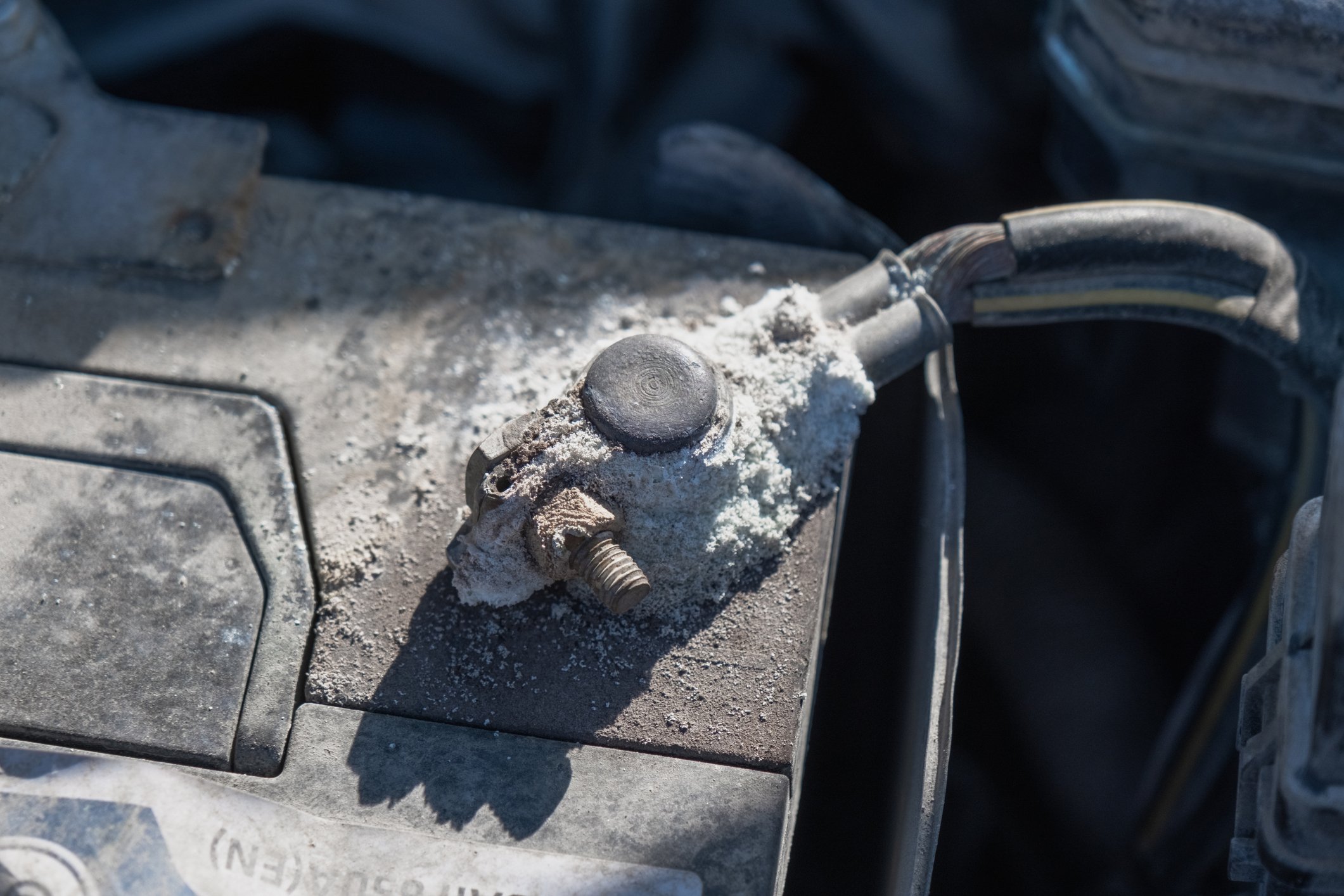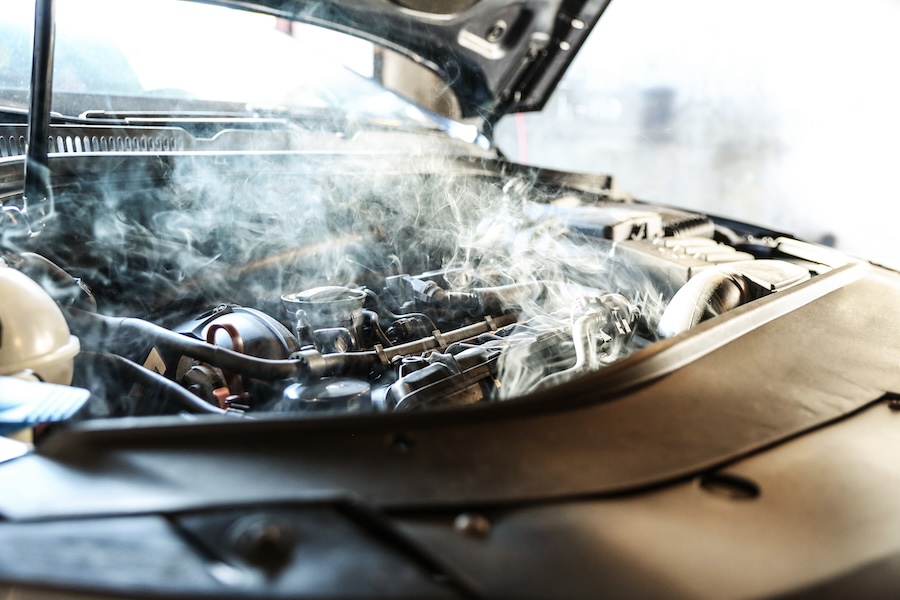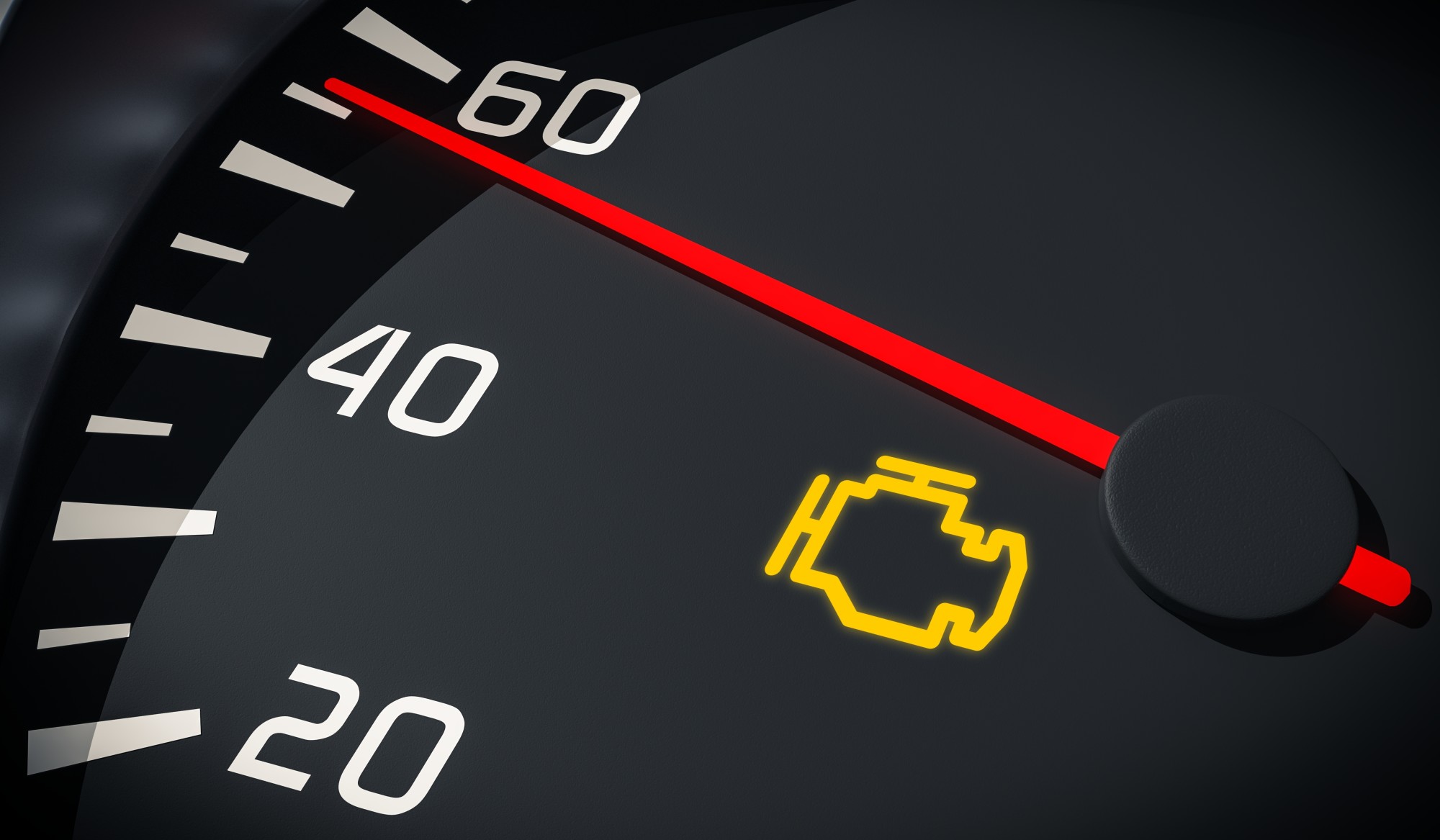The Best Ways to Clean Greasy Parts
Wrenching on cars can be a dirty business. Whether you’re changing your oil, swapping brake pads or rebuilding an engine, you’re bound to encounter parts caked in grease.
Scrubbing those greasy parts isn’t a glamorous job, but it’s necessary. A buildup of sludge and grime not only makes your car messy to work on, it can also affect performance and longevity.
That’s why our Tinker experts have put together this how-to guide detailing a range of tips and techniques to make your clean-up work a snap.

Understand Your Materials
Using the wrong cleaning product or method can damage the very parts you’re trying to care for. So before diving in, consider the materials you’re degreasing.
- Metals like steel or cast iron can handle strong cleaners, but powerful agents should always be used carefully and according to their instructions. Even with durable metals, it’s wise to test a small area first.
- Aluminum and other alloys are more sensitive; highly acidic or alkaline products can corrode or discolor the finish. So, use milder cleaners or specialized aluminum cleaners
- Plastics and rubber tend to be even more delicate, so warm water with mild detergent is the safest choice.
Your choice of tools also matters. Be careful when using aggressive cleaning tools like wire brushes. They can scratch or dull some finishes. Use softer brushes (such as nylon) or non-abrasive sponges on delicate surfaces, and reserve tougher bristles and abrasives for more durable components.
Start with Simple Household Solutions
Before you rush out and buy a basket full of specialty cleaners, check your cupboards. Household items you already have on hand can be surprisingly effective on most materials.
For instance, dish soap is an effective degreaser. It cuts through grease on dishes and can do the same for car parts. Mix it with hot water and soak the greasy parts, then scrub with a soft brush or sponge.
Baking soda is another option. Mixing it with a small amount of water forms a gentle abrasive paste that lifts grease without scratching. Apply this paste to the greasy areas, let it sit for a few minutes and then gently scrub.
White vinegar is also useful. Spritzing the part with vinegar will break down grease effectively. Allow it to sit for about 15 minutes before wiping clean and rinsing with clean water.
These eco-friendly solutions are often all you need for smaller jobs. They’re not only effective but also kinder to your hands and the environment, and they save you a trip to the store.
Commercial Degreasers For Tougher Grime
If household solutions aren’t getting the job done, it’s time to step up to a commercial degreaser.
For moderate grease and grime, consider a non-toxic, biodegradable degreaser that's safe for both metals and plastics. Apply it directly to the greasy area, allow it to sit for a few minutes, then scrub with a brush and rinse thoroughly.
For heavy-duty grease and stubborn grime, a stronger product like engine degreaser or brake cleaner may be necessary. Engine degreasers are formulated to break down tough, baked-on grease and oil on engines and other metal parts. Brake cleaner is particularly effective at dissolving grease, oil and other contaminants. It evaporates quickly and leaves no residue, making it ideal for parts that need to be completely clean and dry.
Soaking in Solvents
When the crud is deeply embedded, you may have to resort to soaking the part in a solvent such as mineral spirits or kerosene. These effectively dissolve heavy buildup and reach areas brushes cannot.
Submerge the part completely in the solvent, cover it and let it soak for several hours or overnight. Afterward, rinse it thoroughly and scrub away any remaining grime and wipe thoroughly with a clean cloth to remove any remaining residue.
But a word of caution: Solvents are highly flammable and emit harmful fumes, so when working with them always wear nitrile gloves and safety goggles, and work in a well-ventilated area away from ignition sources. Also, be cautious around rubber and plastics, as solvents can dissolve them.
Finally, dispose of used solvents and solvent-soaked materials in an environmentally responsible manner, following your local hazardous waste regulations.

Additional Cleaning Tips
To make your cleaning jobs even more effective and efficient, consider these additional Tinker expert tips.
- Avoid High-Pressure Washing: A pressure washer can force water past seals and gaskets, leading to internal corrosion or mechanical failure. Instead, when rinsing, use a low-pressure source such as a garden hose.
- Dry Thoroughly and Protect: After cleaning, dry metal parts completely to prevent rust. Use clean cloths and compressed air to remove moisture from hard-to-reach areas. Also, consider applying a protective spray such as WD-40 to displace any remaining moisture and add a layer of corrosion protection.
- Inspect Before Reassembly: Before you reinstall your cleaned-up parts, inspect them carefully. Grease can hide wear, cracks or other damage that only becomes apparent after the grime is gone. So, if there is any question about the condition of a part, go ahead and replace that worn part now to save you from a costly repair or breakdown down the road.
Still have questions? Speak to one of our Tinker Experts today!




